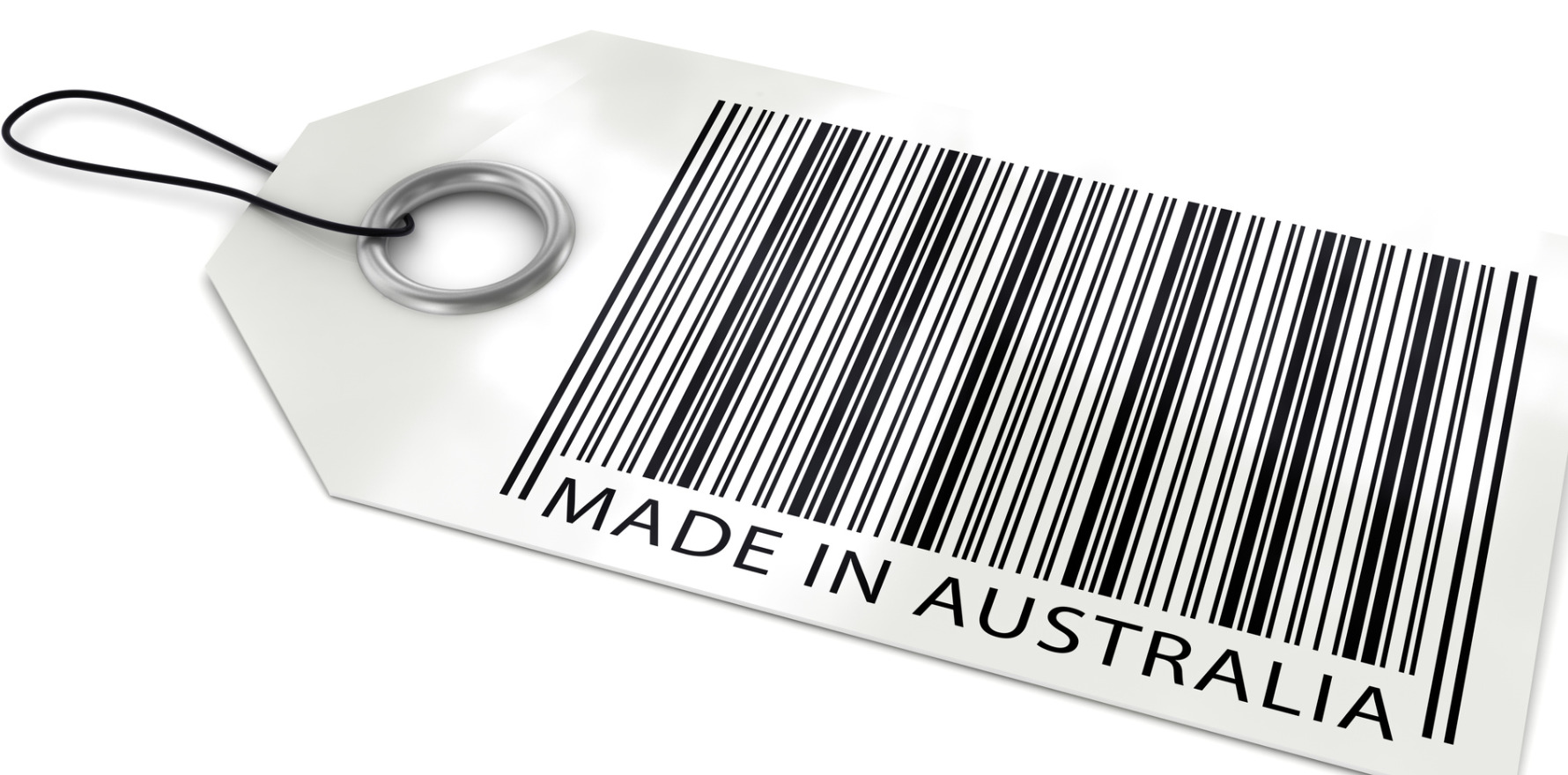Covid showed how reliant we are on overseas products. An industry action plan calls for better TGA funding and a shift in government attitudes.
The medical devices industry has pushed for Australia to manufacture its own diagnostic products, instead of relying on those produced overseas, following the release of a national action plan.
Such diagnostic products are responsible for 70% of all medical and diagnostic management decisions, and all cancer diagnoses; but more than 95% of these products are imported.
Released by MTP Connect and Pathology Technology Australia (PTA), the plan calls on government to implement practical recommendations which MTP Connect CEO Stuart Dignam said will have a “profound impact on the sector”.
“When you consider that Australia has one of the most vibrant biotech and research and development (R&D) sectors in the world, responsible for some important medical innovations over the past 50 years, you would naturally think we are also at the forefront of manufacturing these technologies. But this could not be further from the truth,” PTA CEO Dean Whiting said.
The plan emphasises that while Australia leads the world in diagnostic research and innovation, we are almost entirely reliant on diagnostic tools manufactured internationally.
International supply issues made this dependence more pronounced during the covid pandemic, and experts say Australia should work to become more self-sufficient in this area in light of potential geopolitical conflicts and future pandemics.
“Australia is also home to some of the world’s leading diagnostics research and development, yet our healthcare system remains vulnerable to a chronic reliance on overseas manufacturers and suppliers to deliver the diagnostics products on which the health of our population and protection of our biosecurity depends,” Mr Dignam said.
“The plan we have prepared with PTA capitalises on the local industry’s existing strengths, while prioritising innovation, boosting expertise and reducing investment risk.”
Key recommendations include to:
- establish a National Diagnostics Development Centre and Diagnostics Manufacturing Fund to support the commercialisation and in-country manufacture of diagnostic products
- establish a Diagnostics Advisory Council that informs government and supports industry
- build a coordinated Nationwide Diagnostics Policy across states and territories
- implement sustainable Procurement Practices to harness federal, state and territory government purchasing power and prioritise local diagnostic products and stimulate domestic manufacturing.
“It outlines a framework for enhancing the diagnostic infrastructure, supporting commercialisation of new innovations, improving access to testing, and strengthening the regulatory framework for diagnostic products and services,” said Mr Dignam.
“With the implementation of these practical initiatives to build a resilient domestic diagnostics sector, we can not only help to protect the health of Australians but also foster the growth of dynamic, globally significant companies, create new high-paying jobs and spur economic growth in a field where Australia has already shown its competitiveness.”
While the plan accepted that it is impracticable for Australia to become “fully self-sufficient in all aspects of health technology and consumables”, it stated that Australia can develop essential diagnostic products “reliably and sustainably – to support the day-to-day operation of our world class health system, boost health security and pandemic preparedness and support the growth of start-ups, small to medium enterprises and job creation”.
But there are currently significant barriers to sovereign manufacturing relating to commercialisation, regulation, reimbursement, and procurement.
For example, stakeholders underlined that the TGA’s “complex dossier requirements” and “long timeframes” detered companies from seeking regulatory approval in Australia, leading them to set up shop overseas in countries with less comprehensive regulations.
The report also emphasised that while most companies viewed government as their primary customers, “both federal and state and territory governments prioritised product pricing over quality when procuring products”, which made it difficult for small to medium level companies to compete with larger ones established internationally.
The authors recommended that the government incentivise or legislate the uptake of Australian diagnostic products, using ‘Buy Australian’ procurement criteria or priority procurement orders for Australian made diagnostics.
Additionally, the report cites that a commercial focus is often not a priority for Australian researchers, stating that Australian researchers “lack the necessary skills to understand what ideas have market potential”.
“Rapid action on this plan will see Australia better placed to manage future health emergencies and critical supply disruptions and by strengthening our diagnostic capability, we also increase our ability to compete in global markets and boost our national prosperity,” Mr Whiting said.
The plan also calls on the government to fund the TGA more sustainably, so that the body will more effectively engage with industry and make applications less expensive.
Without an increase in funding, it “will remain challenging for the organisation to uphold its world class regulatory assessment processes while also avoiding additional costs and delays for applicants”.
Sovereign manufacturing appears to be backed by the Albanese government; a joint press release in January 2022 from now PM Anthony Albanese, Health Minister Mark Butler, Deputy PM Richard Marles, and Minister for Industry and Science Ed Husic stated that “critical medical supplies should be made in Australia – and the Australian government should be buying Australian made medical supplies”.
“We will give first priority to Australian made medical technology for government purchases in consumables and equipment,” the press release read.
“If we don’t invest in making things here, we will always rely on others in a crisis.”


